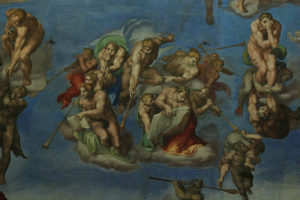The Sistine Chapel is one of the halls of the papal palaces in the Vatican. It is part of the Vatican Museums.
It is famous for its extraordinary frescoes, which attract 10,000 visitors daily.
Since the 15th century, it has been the place where cardinals gather in conclave to elect the new pope.
It was built by Sixtus IV between 1477 and 1483 on a simple rectangular plan, 40 meters long and 21 meters high. A marble lattice screen separates the space reserved for the clergy.
Historical Overview
The ceiling was created by Michelangelo between 1508 and 1512. The initial commission was to depict the twelve apostles, but he proposed a more ambitious project which was approved. These magnificent frescoes mainly illustrate the Book of Genesis and episodes from the Old Testament. The representations of human bodies, including their movements, impress with their realism.
Later, Michelangelo also painted the enormous fresco of the Last Judgment on the back wall, over six years of work, between 1535 and 1541.
The frescoes on the walls were created by several prominent artists from 1473, such as Perugino, Botticelli, Ghirlandaio, Rosselli, and Signorelli. They depict scenes from the life of Moses and Christ.
The Chapel Ceiling
The series of Genesis episodes begins with The Creation, including The Separation of Light from Darkness, followed by The Creation of Adam where God reaches out to the first man to give him life, the story of Adam and Eve, and then The Story of Noah.
Between the panels, the nude athletes (the ignudi) supporting medallions depicting scenes from the Book of Kings were often criticized, their meaning being controversial.
At the base of the architectural structure, twelve seers, including seven prophets and five sibyls, sit on monumental thrones. Beneath them, the ancestors of Christ are depicted in the curves and lunettes. On the pendentives of the four corners, episodes of the salvation of the people of Israel are represented.
The Last Judgment
The Last Judgment fresco on the altar wall was commissioned by Pope Clement VII and inaugurated by his successor Paul III on November 1, 1541. Michelangelo’s work took six years.
After his stay in Florence, where Michelangelo had conflicts with the Pope, Clement VII forgave him and commissioned him to decorate the two end walls of the chapel with The Fall of the Rebel Angels and The Last Judgment.
This project seemed too overwhelming for the artist, who was otherwise busy completing the tomb of Julius II. However, Paul III, who succeeded Clement VII, appointed Michelangelo as architect, painter, and sculptor of the Vatican. Only The Last Judgment was executed. The Fall of the Rebel Angels was entrusted to Matteo da Lecce, but it was never realized.
The fresco measures 20 meters in height and 10 meters in width. It is full of elements, with a tortured vision, uncommon, different from traditional representations.
The figure of Christ is unusual, portrayed as an athletic man, emphasizing power over mercy.
Nearly 400 characters compose the work. They were originally completely nude, including Christ. This caused scandal, and Paul IV asked Daniele da Volterra to cover them. Veils were further added later in the 17th and 20th centuries under Pius XI.
Virtual Tour
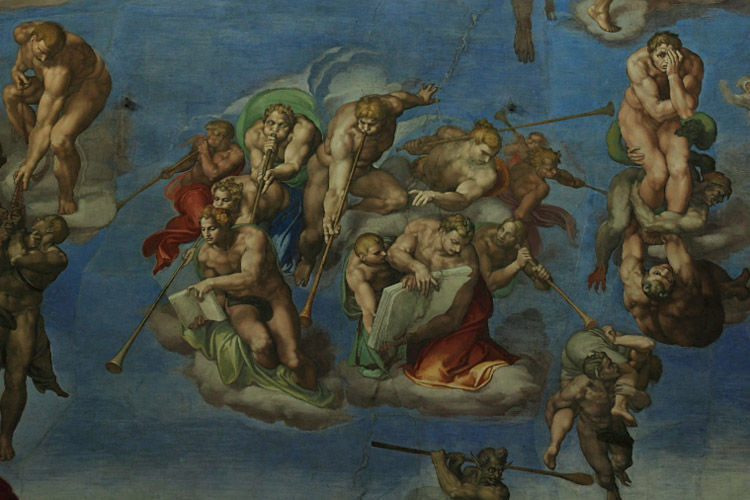
Virtual tour of the Sistine Chapel
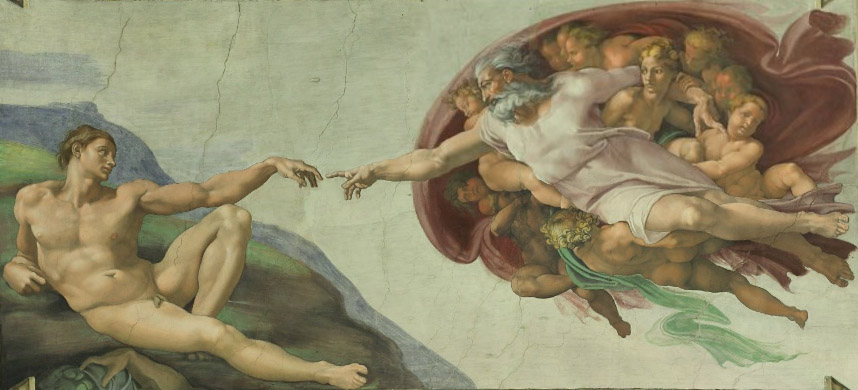
Conditions of visit
| VATICAN MUSEUMS Entrance: Viale Vaticano Access via Ottaviano Metro |
Opening Hours
Admission Fees
|
Links
|
Map and address
Address : 00120 Vatican City, État de la Cité du VaticanIf you see this after your page is loaded completely, leafletJS files are missing.
Halls of museums
- Vatican Museums
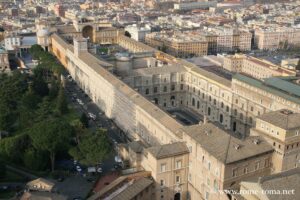 General Overview The Vatican Museums, located in the heart of the Vatican City, are among the world’s most prestigious and extensive ...
General Overview The Vatican Museums, located in the heart of the Vatican City, are among the world’s most prestigious and extensive ... - Sistine Chapel
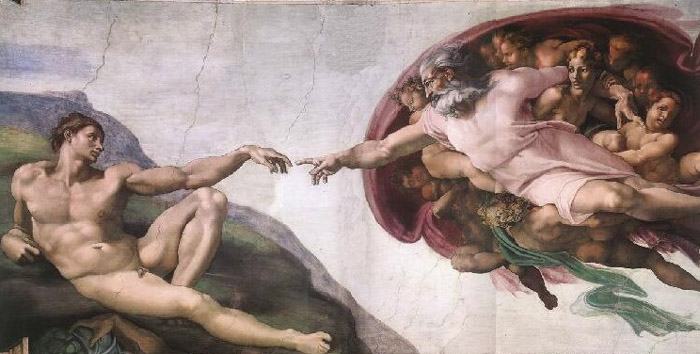 Visit the Sistine Chapel in Rome, whose vault was created by Michelangelo in the 16th century, located in the pontifical ...
Visit the Sistine Chapel in Rome, whose vault was created by Michelangelo in the 16th century, located in the pontifical ...

